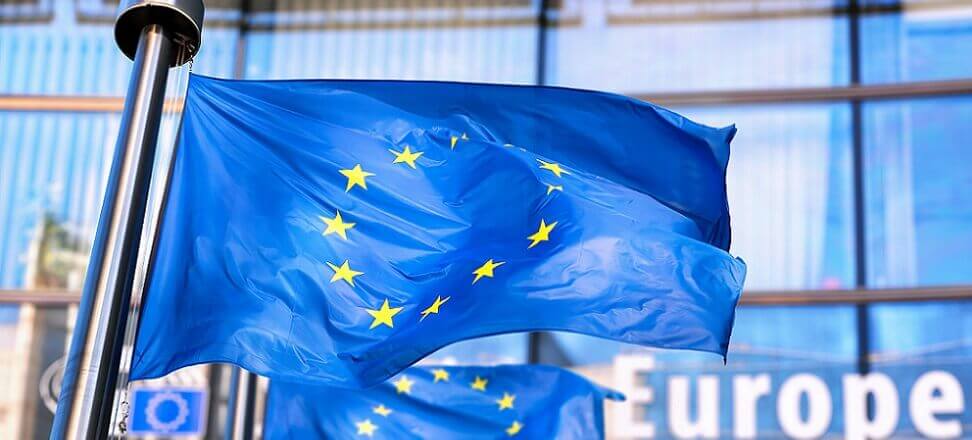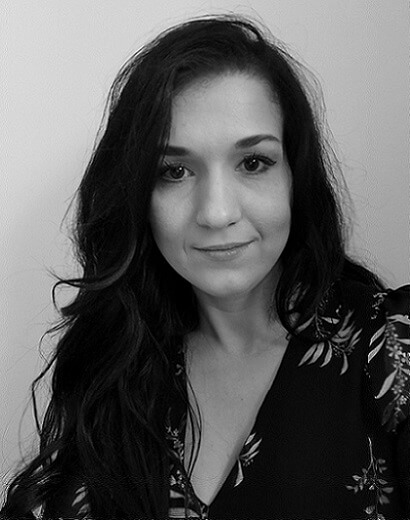The balance between demand and water availability does not exist. The main reason for this is irrigation in agriculture – 70% of freshwater intake is used for this very purpose. To help member states, the European Commission has published guidelines for the application of regulations for the safe reuse of water in agriculture. As more and more member states suffer from droughts, water reuse can become an essential tool to ensure a safe and predictable source of water. The new law on the issue, which will take effect in June 2023, sets minimum requirements for water quality, risk management and monitoring.
Virginijus Sinkevičius – commissioner for the European Commission. environment, fisheries and oceans:
“Freshwater resources are limited and are under increasing pressure. At a time of unprecedented peak temperatures, we must stop wasting water and use this resource more efficiently to adapt to a changing climate and ensure the security and sustainability of our agricultural supplies.”
Water reuse in agriculture – desalination
Increasing freshwater shortages are forcing more countries to use unconventional means of obtaining water through new, efficient technologies. In regions facing severe water shortages, desalination is of particular importance. There is no doubt that the European sector has tremendous opportunities to increase desalination capacity in dry areas. An important factor with this method is that the freshwater effluent produced by the desalination process has a lower salt concentration than conventional wastewater. Despite this undoubted advantage, the disadvantages remain a challenge. One of them is too high a concentration of boron. The next problem is a lack of magnesium, without which crop growth is limited. Another obstacle is cost – for this reason, desalination plants sometimes remain closed, even during droughts. Desalination of water is also associated with a high carbon footprint.
Microbial desalination
The EU-funded MIDES project has met these problems. The world’s first industrial demonstrator of a revolutionary technology based on microbial desalination cells (MDCs), which it uses as a pretreatment for reverse osmosis, has been established. This makes it possible to carry out salt separation and water treatment at the same time. MDCs use specific bioelectroactive bacteria to convert the energy contained in the organic matter present in wastewater into electricity. The potential difference between the electrodes through ion exchange membranes leads to salt separation, allowing desalination of seawater and brackish water without external energy. This desalination system provides low-cost access to sanitation and safe drinking water, but also provides treated wastewater for reuse in irrigation and agricultural applications. Thus reducing the pressure on current resources.
Water reuse in agriculture is about managing risk
The reuse of treated wastewater as an alternative source of water supply is well known. Such activities bring great environmental, social and economic benefits. In addition, compared to, for example, water desalination, wastewater treatment appears to require lower capital and energy expenditures. Such reused treated wastewater can provide a reliable source of water supply and is completely independent of seasonal droughts, climate change or nature, consequently reducing the risk of crop failure and loss of income.
Reclaimed wastewater is already being used on a large scale in many drylands, such as in southern Spain. However, such ways of obtaining water involve risks.
Risks associated with wastewater reuse
Wastewater reuse is practiced around the world. Depending on the methods and technologies used, the effects of such actions can vary. Irrigation with reclaimed wastewater in agriculture can lead to over-fertilization and, in the long run, soil salinization. For disinfection, wastewater is often treated with chemical products such as chlorine, ozone and hydrogen peroxide. Chlorine dissolved in water reacts with other organic substances to form persistent, carcinogenic chlorinated hydrocarbons.
New European directive
A new European law, which will take effect this June, sets minimum requirements for pathogens in treated wastewater. No rules have been included as to the micropreservation of drugs or other hazardous substances. Separately, however, member states may themselves impose additional requirements and conditions on water quality. In addition to minimum requirements for pathogens, the new directive also includes management guidelines. Users using reclaimed wastewater are forced to submit a risk management plan to environmental authorities. The new guidelines make it mandatory to control reused wastewater. Permits are also required, and noncompliance is subject to sanctions. These guidelines are intended to help member states and stakeholders establish principles for the safe reuse of wastewater in agriculture.

 Polski
Polski






